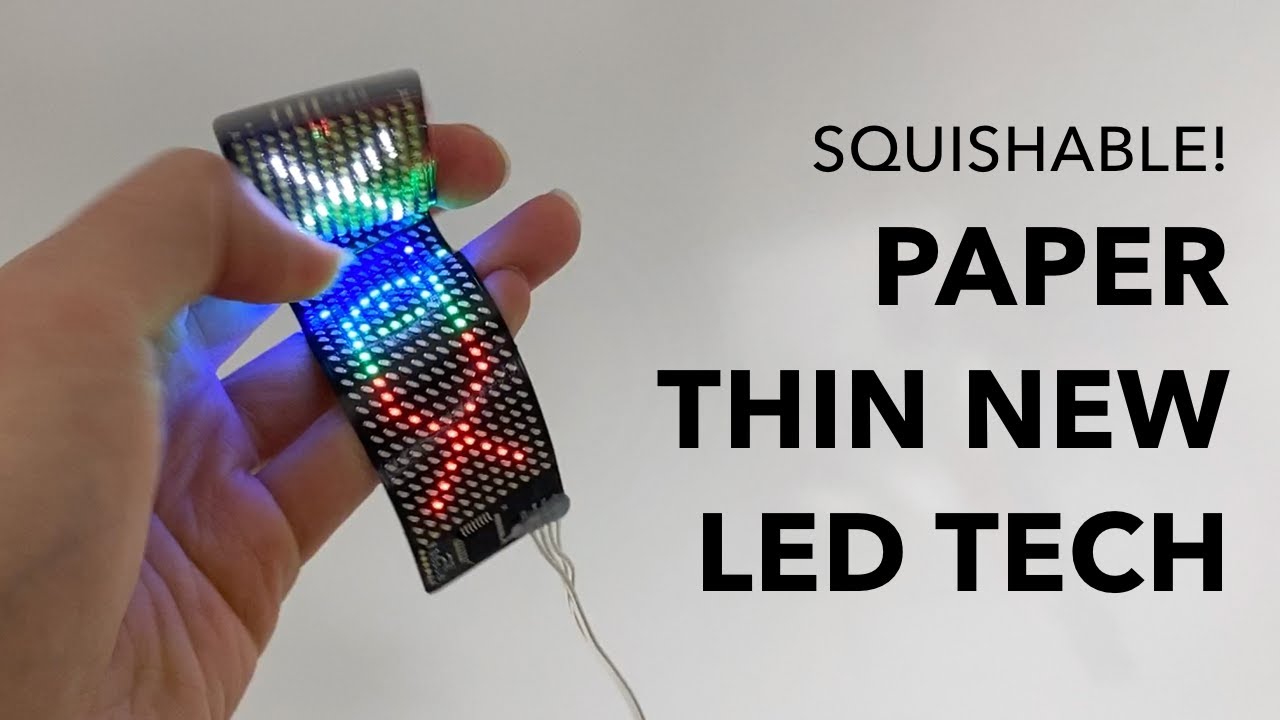Unlocking the Power of Ferromagnets for Ultra-Fast Communication and Computation Technology
The world of technology is on the cusp of a revolution, and it’s all thanks to the humble ferromagnet. Researchers at the University of California, Riverside, have made a groundbreaking discovery that could unlock the secrets of ultra-fast communication and computation technology.
Ferromagnets, materials where electron spins align in the same direction, have long been studied for their potential in emerging computer technologies. However, it’s the spin waves that are crucial for processing information and signals. These spin waves are like ripples on a pond, oscillating around the direction of the spin alignment.
The research, published in Physical Review Letters, has found a way to achieve terahertz frequencies using conventional ferromagnets. This breakthrough could lead to next-generation communication and computation technologies that operate a thousand times faster than today’s smartphones and computers.
The team, led by Igor Barsukov, discovered that injecting a spin current with the “wrong” sign can excite nutational auto-oscillations. These self-sustained oscillations hold great promise for next-generation computation and communication technologies.
The implications of this discovery are far-reaching. With the ability to harness the power of ferromagnets, we could see a significant increase in processing power, paving the way for advancements in fields such as artificial intelligence, data analysis, and more.
Synthesis Health Secures Three Multi-Site Contracts
In other news, Synthesis Health, Inc. has signed three new contracts with multi-site imaging centers. The sites include Tahoe Carson Radiology, Naugatuck Valley Radiology, and Intermountain Medical Imaging. These contracts mark a significant milestone for Synthesis Health, which provides cloud-PACS radiology solutions.
The company’s CEO, Dr. Murray Reicher, has a long history of working with these sites, and his trusting relationship with the entities was critical to securing the contracts. The move to Synthesis Health’s cloud-based solution will address the need for software upgrades and provide a cost-effective solution for the imaging centers.
OpenAI Adds Trump-Appointed Former NSA Director to Its Board
In a move to quell criticism of its security practices, OpenAI has appointed retired Army Gen. Paul M. Nakasone to its board. Nakasone, a Trump appointee who took over the NSA in 2018, will join the board’s Safety and Security Committee.
The appointment comes amid a public backlash against OpenAI’s security practices, with some employees alleging that the company prioritizes profits over safety. Nakasone’s experience in the military and cybersecurity will be invaluable in shaping OpenAI’s approach to security.
Ferromagnets hold the key to ultra-fast communication and computation technology
Synthesis Health’s cloud-PACS radiology solutions are revolutionizing the imaging industry
OpenAI’s new board member, Paul M. Nakasone, brings a wealth of experience in cybersecurity













